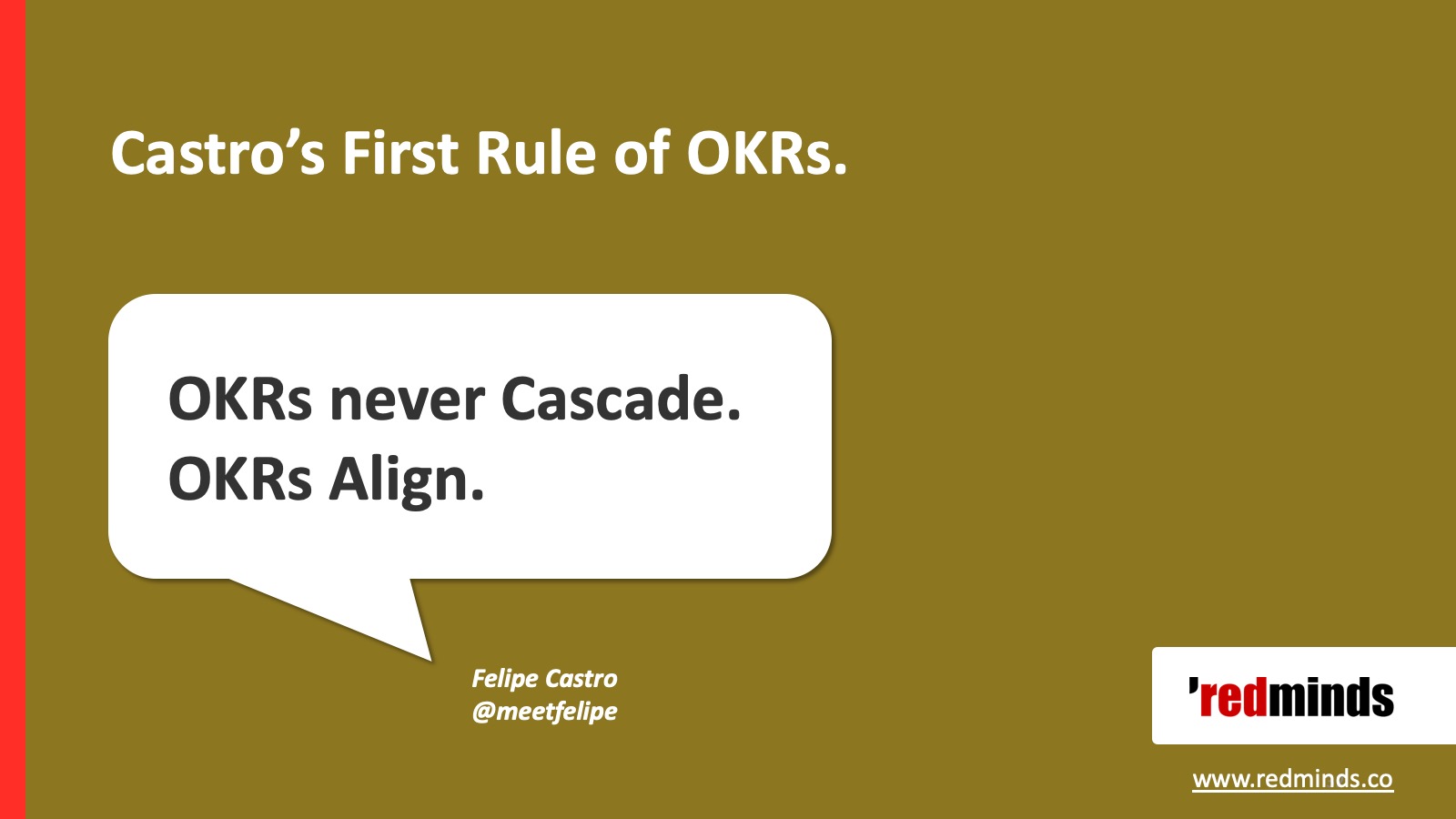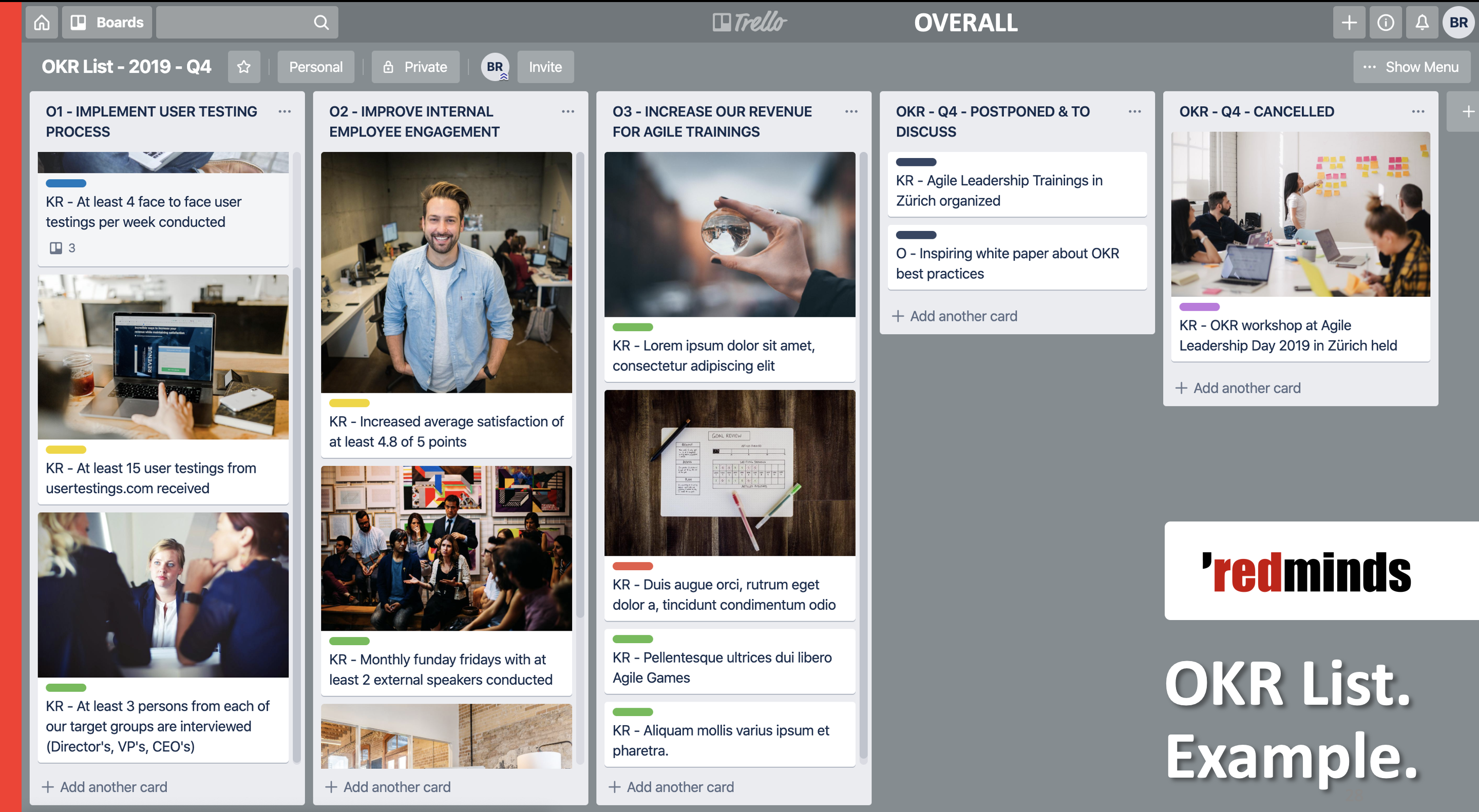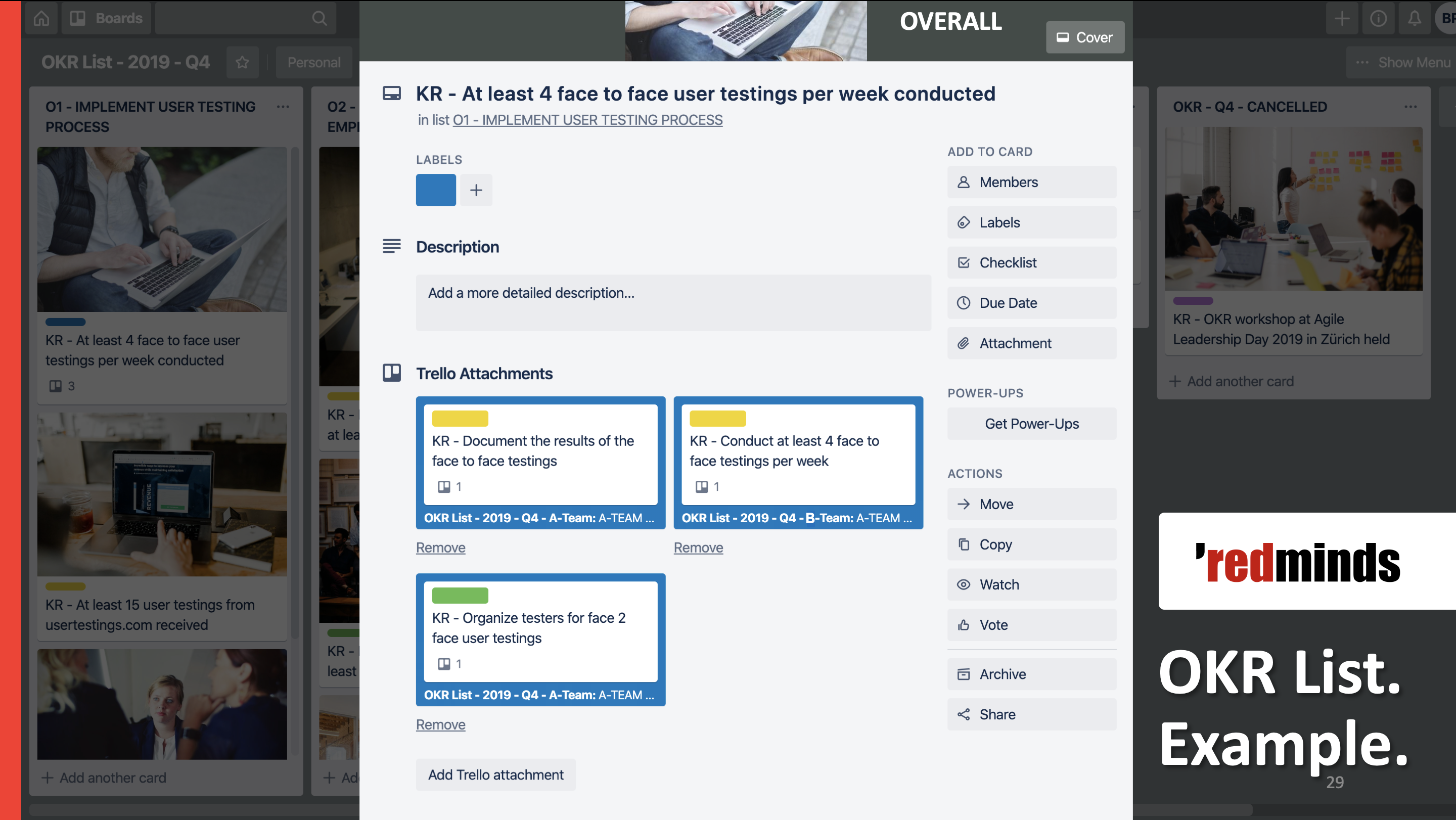When I was responsible for establishing the management consultant business for a software & consulting company in Switzerland, one thing kept me awake at night. My “pain” was that some potential clients sometimes did not see me as a mentor or coach, but as a salesperson for an app (tool). Based on this (for me) unpleasant experience, my “pinky swear” was not to act as a responsible person for a software development company any more.
To make it to the point: Today, I do not want to sell a tool or an app.
Nevertheless, sometimes, apps (tools) can help to simplify life significantly. In the case of OKRs (Objectives & Key Results), there is a whole “mass” of tool (app) — providers, who want you to use their solution (Workpath, perdoo, Osker, etc.). Some of these tools are great and worth using! And there are additional ways to keep your OKRs organized such as Excel, Google Sheets, and so on.
In the following, I will not make a comparison of OKR apps (tools). Instead, I want to show you an example. You will see how to use Trello as a simple way to organize your OKRs. As I know, this solution has limits. Also, there are better ones available, but it is a very good start and does fit most requirements.

OKR - with simple tools (redminds)
The cycle.
There are different ways to organize your OKR board (list) in Trello. One way is to hold your whole OKR-planning for a year and all your mid-term goals (moals) and all OKRs in one board. In my opinion, this is too much. Most times, there is already a challenge to introduce OKRs to the company. You cannot expect that OKR newbies want to administrate confusing boards. My proposal: You should better set up one board for each OKR cycle. You could connect the cycle-specific board to a superordinate board (containing the moals) and align your OKRs through connections of cards in Trello (as described below).
Lists are Objectives.
And, what about the usage of the lists in Trello? I see two possible approaches. The first way would be to organize the columns similar to a Kanban board and move the tasks of the Key Results between these “columns”. But, this is rather theory. I would not recommend this approach since this results in a sub-optimal, almost confusing visualization of your OKRs. There would not be a clear overview of your OKRs on one page.

OKRs align.
Keep it simple.
The other — and preferred — way is to keep the Trello board well organized and straightforward. Currently, my favorite is to use the lists as Objectives and add cards as Key Results (KRs) and limit the time to one OKR cycle (usually a quarter). And, below the Key Results (cards) you could organize your activities (user stories, tasks) easily. This approach has a clear advantage: An overview of your OKRs on one page. And this is also a good start for OKR “newbies”.
You can see an anonymized example in the following screenshot from Trello.

An OKR board (list) - made simple (redminds)
Next to the Objectives, you can see two additional lists. One is for topics, that are postponed and still open, but not in focus in this cycle. And there is another list for issues that are “cancelled”, which means that these items will not be realized. There might be better terms for these additional columns, but the wording is not crucial. In the viewpoint of OKR newbies, it is essential to see what is not in focus in the current cycle.
Alignment (not Cascading).
As Felipe Castro says, OKRs do not cascade, they align. Trello has the feature of “connected cards”, where Key Results (KRs) could be easily interconnected, from company level to area (unit) level — and to team level. In Trello, a strict cascading is not necessary, instead — and for example — you are open to connect KR-cards of different teams in different areas to superordinate boards.

How to align OKR in a simple way (different teams, different areas possible) (redminds)
Why this post? I have read a lot how to set up OKRs in Trello, but there has not been a good tutorial for the use case of most companies I know. And, Trello is so easy to learn. Hence, I would recommend to give it a try.
In my workshops, I typically make a quick demo. Interested or any questions? Just let me know…
Useful links:
OKR+ — https://okr.plus
redminds — https://redminds.co
This post on Medium – https://medium.com/@borisreinhard/how-to-manage-okrs-in-a-simple-way-eb80c3a89fc0
![[R1] REDMINDS](https://redminds.co/wp-content/uploads/2019/09/logo-square.png)